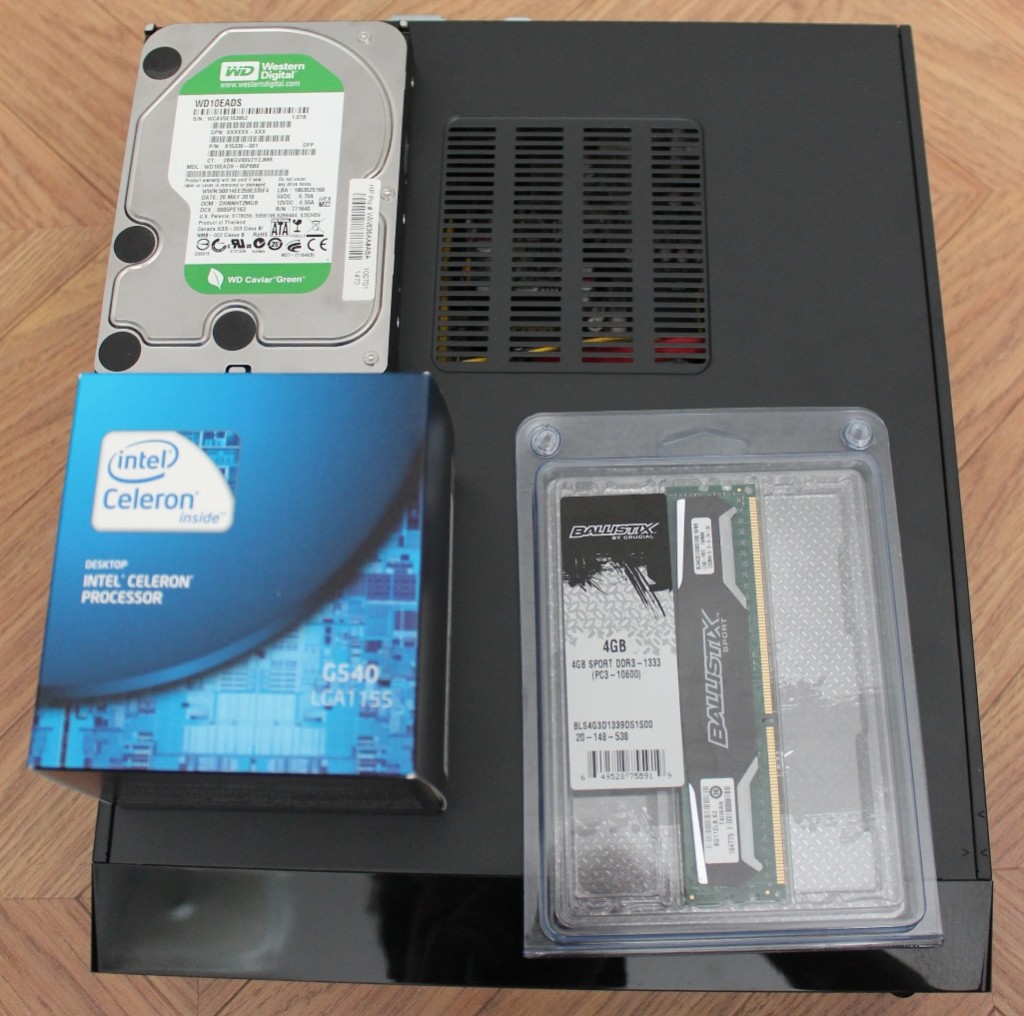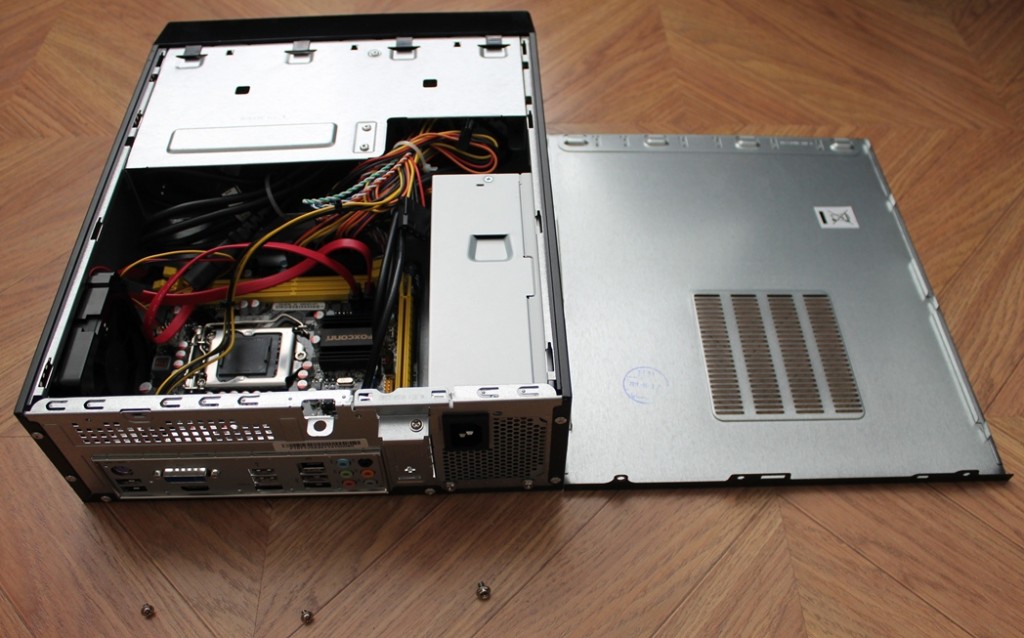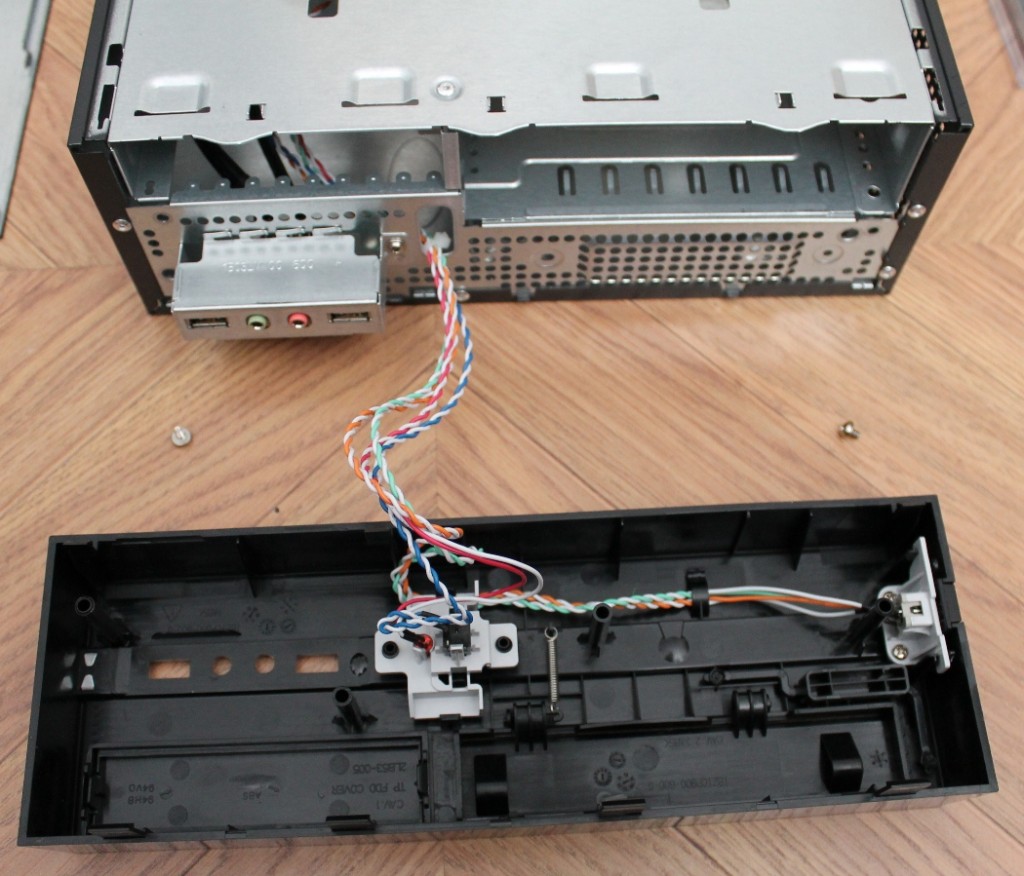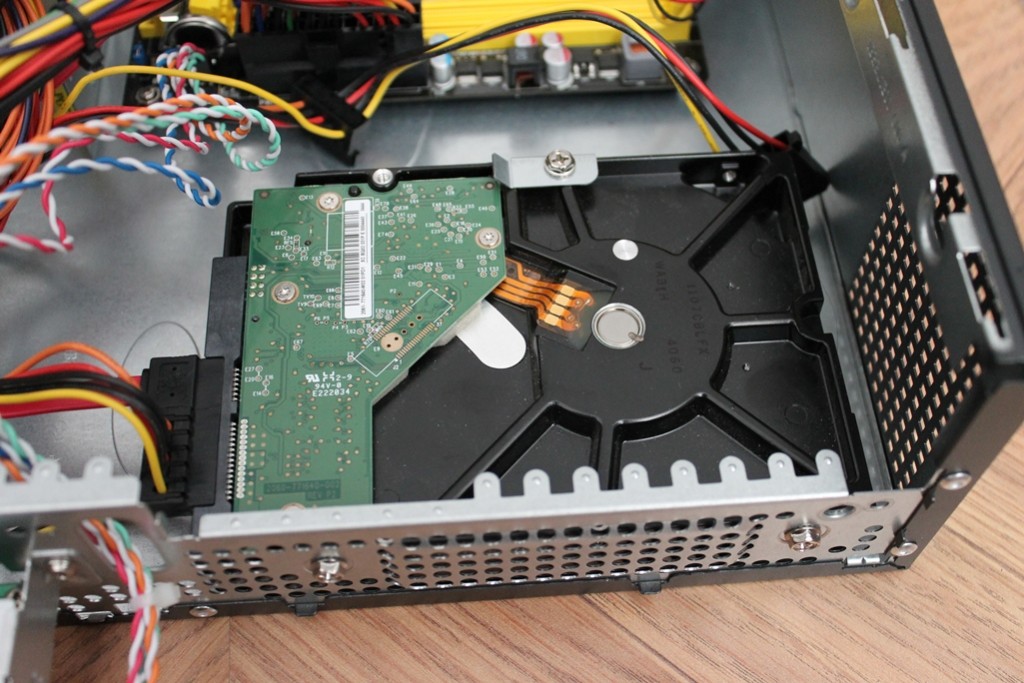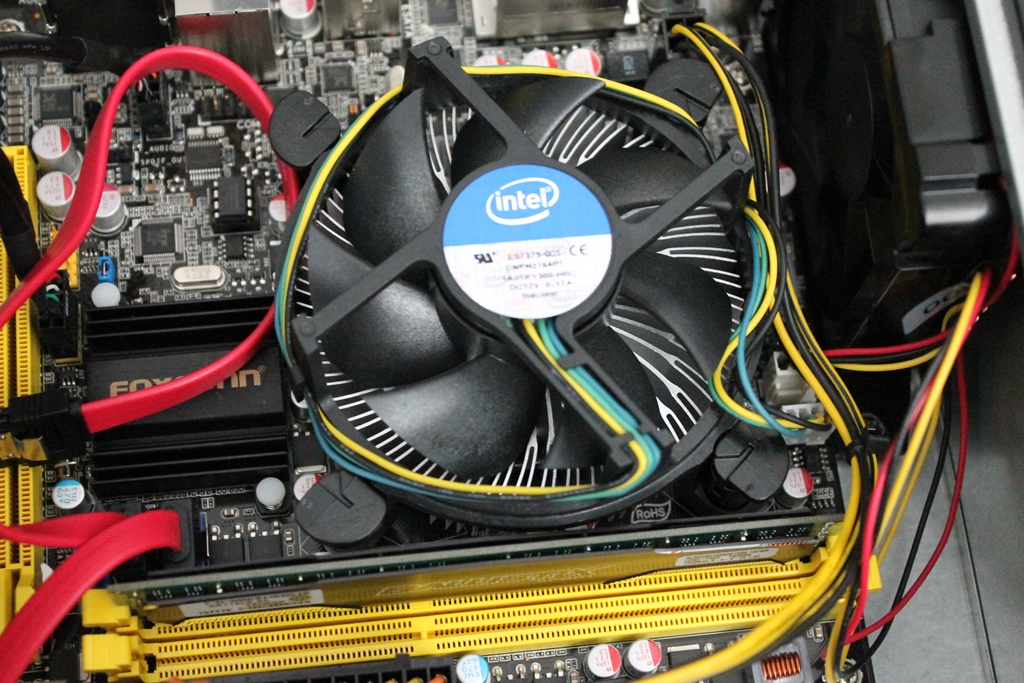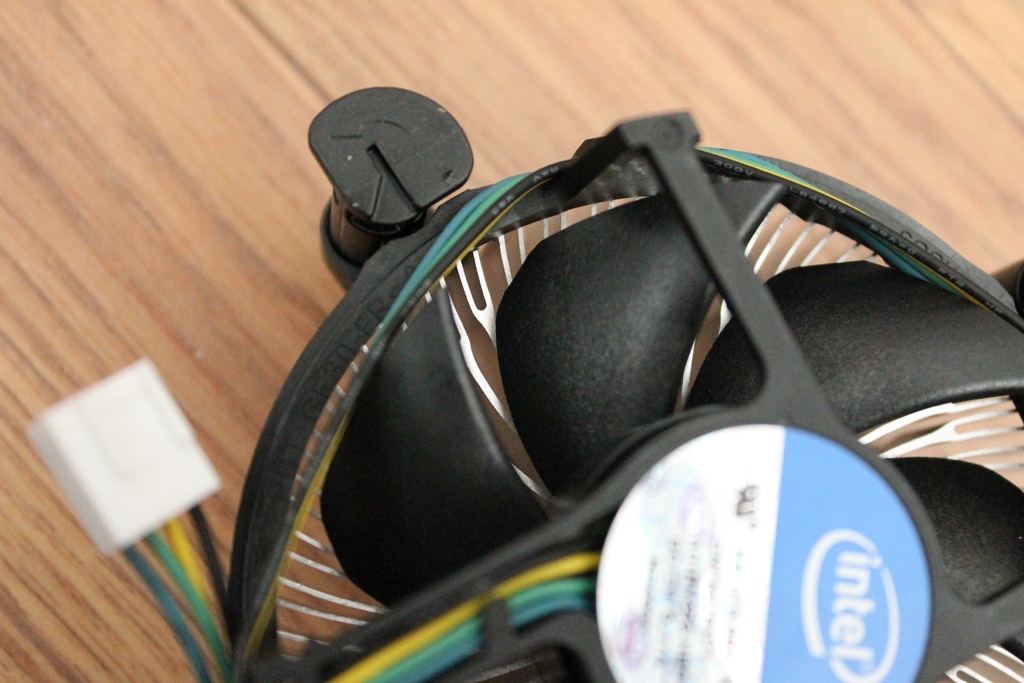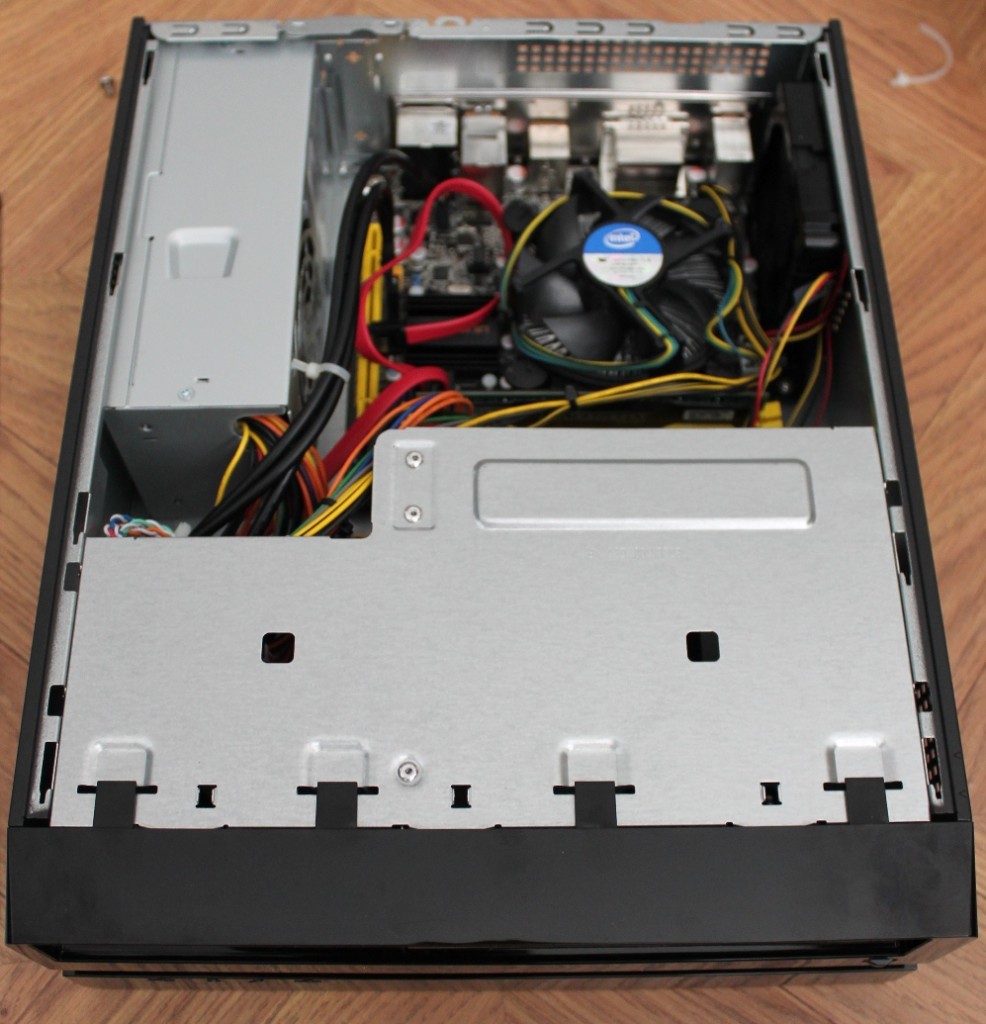I want to list out all of the things I am doing on my computer to get it up and running.
Updates
First, after install I ran a system update:
sudo apt-get update
then:
sudo apt-get upgrade
This brought the system mostly up to date. Â I tend to default to the explicit command line update for Ubuntu due to habit, but I imagine the update application is just fine as well. Â I tend to run these two commands before starting for the day on any Ubuntu box of my own that I use in order to keep the system up to date.
Synergy
I have this computer setup next to my main desktop and I don’t want to have 2 sets of keyboards/mice. Â Back in college I used an application called Synergy to connect between my desktop and laptop but haven’t used it in a while. Â I downloaded the Windows 64 bit version (Since I am running Windows 7 Ultimate 64-bit) and installed it. Â I ran it, went into the Server Configuration utility (The Configure Server… button), dragged a screen into the box to the left of my main computer (Starbuck), double clicked it, and named it EmbedDev(since that is the name of the computer). Â I hit Ok twice to get back to the main screen, then opened Settings under the Edit menu. Â I checked ‘Start Synergy after logging in’ and ‘Automatically start server/client’ so it would automatically start when I turn on the computer since I’m lazy and like things to be automatic.
Next I downloaded the 32 bit Ubuntu/Debian version from the site and installed it using the package manager. Â It threw some warnings about not trusting it since it didn’t give a final install size, but I went on and installed it anyways. Â I opened it for the first time, clicked Client, and put in the Windows computer’s IP address (It shows the current computer’s IP address, so I just entered what was showing on my Windows desktop(192.168.1.106 in this case)), and clicked start. It ended up working pretty easily like I remember. Â The next step was to set it to automatically start on that computer too. Â I went to the Dash Home and opened ‘Startup Applications’. Â I hit Add, filled in ‘Synergy’ for Name, ‘synergyc 192.168.1.106’ for Command, hit Save, then Close. Â I restarted since I had to for updates anyways, and sure enough I could pop my mouse over to it after it finished booting (It automatically logs me in since it’s just a desktop in my room.). Â One keyboard/mouse(Logitech’s mk710) for two computers, win.
